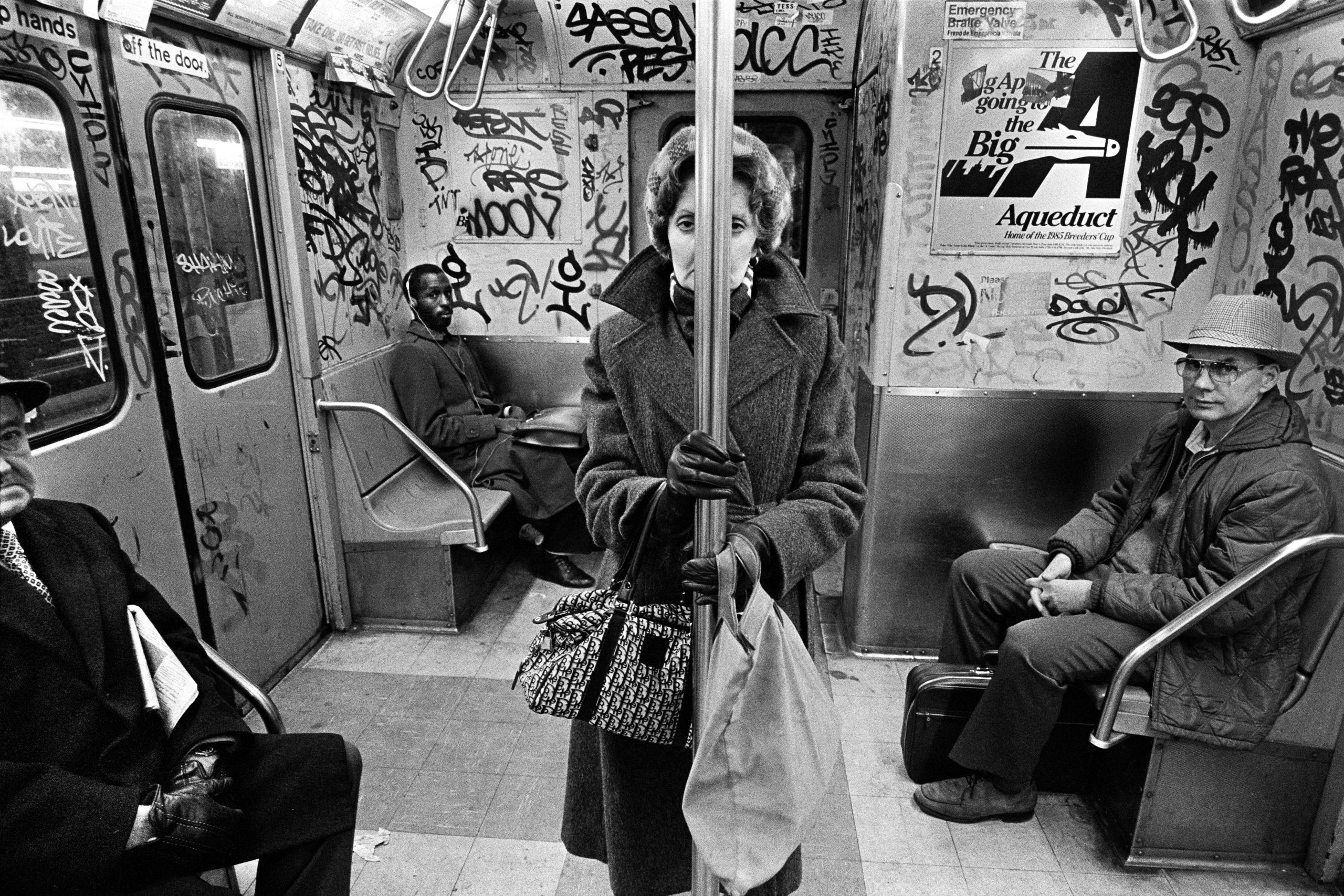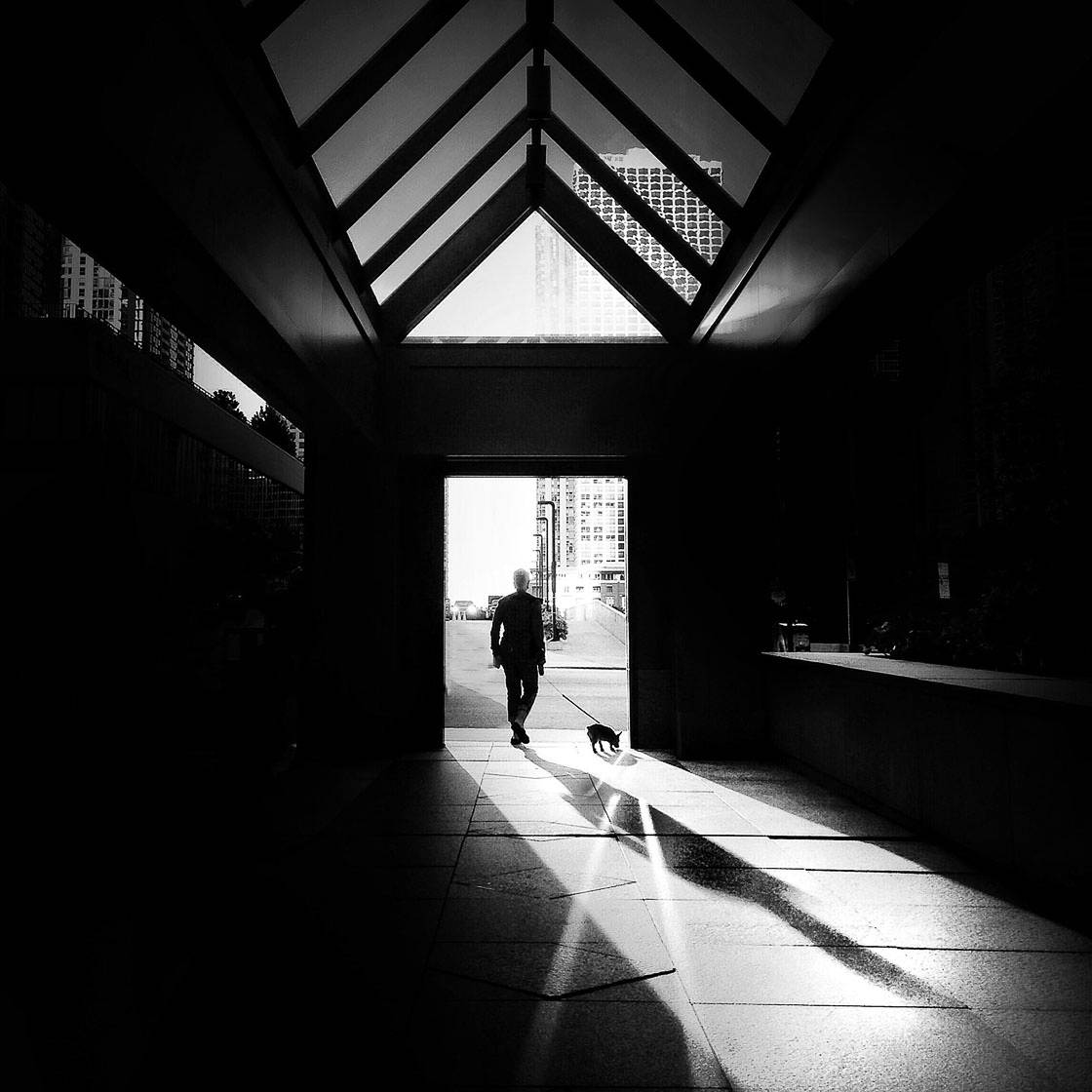The 20-Second Trick For Street Photographers
The 20-Second Trick For Street Photographers
Blog Article
The Basic Principles Of Street Photographers
Table of Contents7 Simple Techniques For Street PhotographersSome Of Street PhotographersStreet Photographers Can Be Fun For EveryoneStreet Photographers Can Be Fun For AnyoneThings about Street Photographers
A category of photography that records everyday life in a public area. The actual publicness of the setup makes it possible for the digital photographer to take honest images of complete strangers, usually without their understanding. Street professional photographers do not necessarily have a social objective in mind, but they prefer to isolate and catch moments which might otherwise go undetected (Street Photographers).Though he was affected by much of those who influenced the street professional photographers of the 1950s and '60s, he was not chiefly thinking about recording the spirit of the street. The impulse to visually document people in public started with 19th-century painters such as Edgar Degas, douard Manet, and Henri de Toulouse-Lautrec, who functioned side by side with photographers attempting to record the significance of city life.
Due to the fact that of the comparatively primitive innovation offered to him and the long direct exposure time required, he battled to record the pressure of the Paris roads. He explore a collection of photo methods, attempting to discover one that would certainly allow him to catch activity without a blur, and he discovered some success with the calotype, patented in 1841 by William Henry Fox Talbot. In comparison to Atget, photographer Charles Marville was employed by the city of Paris to produce an encyclopaedic document of Haussmann's metropolitan preparation project as it unfolded, hence old and new Paris. While the photographers' topic was essentially the same, the results were considerably different, demonstrating the effect of the digital photographer's bent on the character of the images he created.
Provided the great top quality of his photos and the breadth of product, engineers and artists commonly acquired Atget's prints to use as reference for their very own job, though commercial interests were rarely his primary motivation. Rather, he was driven to picture every last residue of the Paris he liked.
Street Photographers Things To Know Before You Buy
They reveal the city via his eyes. His job and basic understanding of photography as an art kind acted as motivation to generations of photographers that followed. The following generation of road professional photographers, though they likely did not refer to themselves therefore, was introduced by the photojournalism of Hungarian-born digital photographer Andr Kertsz.
Unlike his peers, Brassa utilized a larger-format Voigtlnder electronic camera with a much longer direct exposure time, requiring him to be more computed and thoughtful in his practice than he might have been if making use of a Leica. (It is assumed that he may not have actually been able to afford a Leica at that time, however he did, however, utilize one in the late 1950s to take colour pictures.) Brassa's photos of the Paris abyss lit up by fabricated light were a revelation, and the collection of the collection that he published, (1933 ), was a significant success.
Cartier-Bresson was a champ of the Leica video camera and among the very first professional photographers to optimize its abilities. The Leica enabled the photographer to connect Homepage with the environments and to record moments as they happened. Its fairly tiny dimension likewise click here for more info helped the professional photographer discolor right into the background, which was Cartier-Bresson's favored technique.
The Facts About Street Photographers Revealed
It is as a result of this fundamental understanding of the art of photo taking that he is frequently attributed with discovering the medium all over once more roughly a century considering that its innovation. He took photos for greater than a half century and influenced generations of photographers to trust their eye and intuition in the minute.
These are the concerns I will try to address: And afterwards I'll leave you with my own definition of road digital photography. Yes, we do. Let's start with defining what an interpretation is: According to (Street Photographers) it is: "The act of defining, or of making something precise, unique, or clear"
No, most definitely not. The term is both limiting and misleading. Seems like a street photography must be photos of a streets right?! And all street digital photographers, with the exception of a handful of absolute newbies, will fully value that a street is not the essential element to street digital photography, and really if it's an image of a street with possibly a couple of monotonous individuals doing absolutely nothing of passion, that's not road digital photography that's a picture of a road.
Facts About Street Photographers Uncovered
He makes a valid point do not you think? While I concur with him I'm not sure "honest public digital photography" will catch on (although I do kind of like the term "candid photography") due to the fact that "road digital photography" has been around for a lengthy time, with many masters' names connected to it, so I believe the term is right here to stay (Street Photographers).
Inside?! I hear you yell as you drink your fist to the sky. Why not? You can contend the beach, at a festival, in an alley, in a park, in a piazza, in a coffee shop, at a museum or art gallery, in a city terminal, i loved this at an occasion, on a bridge, under a bridge ...

Some Ideas on Street Photographers You Should Know

Report this page